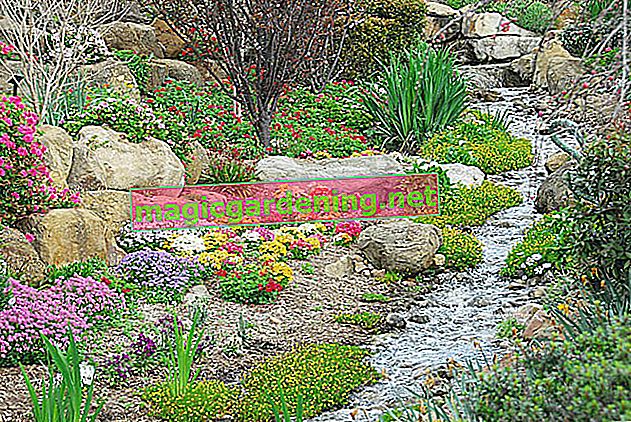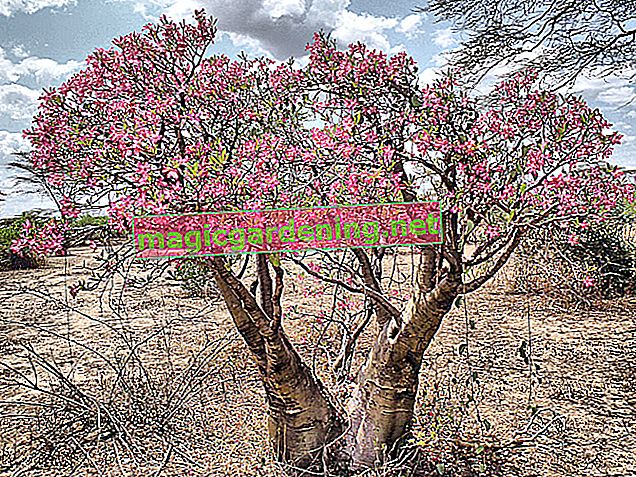
List of lawn types
By choosing the lawn seed, gardeners enter into a relationship that can last for decades. In addition, the lawn is rightly considered the green business card and testifies to gardening skills. It therefore needs to be carefully selected, the optimal type of lawn. The following list introduces the most important ways you can contribute to informed decision-making:
also read
- The most important types of moss at a glance
- Types of violets - an overview of the main representatives
- Picking elderberries - an overview of the most important rules
| Lawn types | Ornamental lawn | Utility lawn | Sports and play lawn | Shadow lawn | Landscaped lawn | Dry grass |
|---|---|---|---|---|---|---|
| Location | sunny to partially shaded | all locations | all locations | partially shaded to shady | all locations | full sun to sunny |
| Durability | high | high | high | low | for extensive use | low |
| Care needs | low | medium | medium | high | 3 cuts a year | 2-5 cuts a year |
| Shade tolerance | mediocre | good to medium | medium | high | medium | no |
| Fertilizer requirement per year | 3-4 times | 4-5 times | 4-5 times | 4-5 times | 1-2 times | 0 times |
| Recommended quality mixture | Majestic Royal by Kiepenkerl | Loretta Supra Nova Universal | Classic Green sports and play lawn | Compo Saat shadow lawn | Greenfield GF 711 landscaped lawn | Kiepenkerl DSV 630 |
Fast growing lawn for all locations
If you have to go particularly quickly, lawn experts have put together a special mix. With products such as the 'Captain Green Wunder-Rasen' or the 'GartenMeister Wunderrasen' you will be faced with a lush green lawn after just 3 weeks. This also applies to the new plant as well as to the reseeding of ornamental and practical lawns in sunny to partially shaded locations.
Fast-growing lawns also score points with their consistent displacement of moss and weeds, which cannot keep up with this pace and lose out. However, those who do not feel like mowing the lawn particularly frequently and the corresponding amount of clippings will look elsewhere.
Slow growing lawn impresses with premium quality
It undoubtedly takes plenty of time to grow, the slow-growing lawn challenges the gardener's patience. Those who do not let themselves be disturbed after sowing, will be rewarded with a dense sward and a rare need for mowing. The amount of clippings that has to be disposed of is correspondingly small. In addition, slow-growing lawns can withstand summer drought and need to be blown up less often.
If you are looking for suitable seed mixtures, you will find what you are looking for at 'Wolf-Garten Natural Lawn' or 'Eurogreen Landscape and Rough Mixture'. Slowly growing lawn branches more intensively, so that it can withstand extensive loads without developing bald spots.
Tips & Tricks
Do you know the secret ruler among the noble grasses? The Lägerrispe (pos supina) is difficult to beat in terms of step resistance, resilience and weather resistance. A high-quality type of lawn should contain at least 5-10 percent of this type of grass.
GTH








